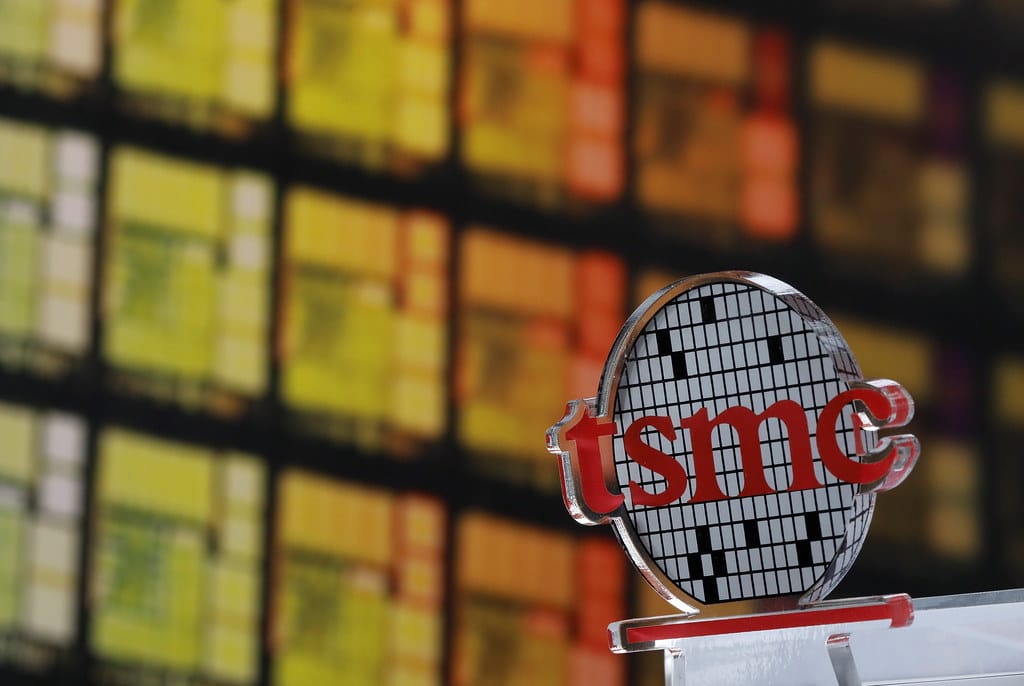Taiwan's Strategic 20% Tariff Shield: How Trade Barriers Are Attracting Billions in Semiconductor Investment
Taiwan's semiconductor industry is experiencing an unprecedented investment boom, with a surprising catalyst at its center: high tariff rates that many economists would typically view as trade barriers. Intel's recent multi-billion dollar commitment to expand its Taiwan operations highlights how the island's 20% tariff structure has become an unexpected competitive advantage in the global chip wars.
The Tariff Paradox: When Trade Barriers Become Investment Magnets
While conventional economic wisdom suggests that high tariffs discourage business activity, Taiwan's semiconductor sector tells a different story. The island's 20% tariff rate on certain imported semiconductor equipment and materials has created a unique economic ecosystem that actually incentivizes foreign direct investment rather than deterring it.
Intel's decision to significantly expand its Taiwan presence, including advanced packaging facilities and research operations, directly correlates with the cost advantages created by this tariff structure. By manufacturing within Taiwan's borders, Intel can access the same advanced supply chain networks that have made Taiwan Semiconductor Manufacturing Company (TSMC) the world's most valuable chipmaker, while avoiding the hefty import duties that would apply to finished products.
Inside Intel's Taiwan Strategy
Intel's Taiwan investment strategy reflects a calculated response to both tariff incentives and geopolitical realities. The company has committed over $5 billion to expanding its assembly and test operations in the country, creating thousands of high-skilled jobs and deepening its integration into Taiwan's semiconductor ecosystem.
This investment allows Intel to leverage Taiwan's world-class semiconductor infrastructure while positioning products manufactured locally to serve Asian markets without incurring the 20% tariff penalty. The savings are substantial – on a $1 billion product line, avoiding the tariff saves $200 million annually, funds that can be reinvested in research, development, and expanded production capacity.
The Broader Economic Impact
Taiwan's tariff structure has created a virtuous cycle that extends far beyond Intel. The policy has attracted dozens of semiconductor companies to establish or expand local operations, from equipment manufacturers like Applied Materials to memory chip producers like Micron Technology.
The numbers tell a compelling story: foreign direct investment in Taiwan's semiconductor sector has increased by 340% over the past five years, with tariff avoidance cited as a primary factor in 60% of new investment decisions, according to Taiwan's Ministry of Economic Affairs.
This trend has strengthened Taiwan's position as the undisputed global leader in semiconductor manufacturing, with local companies now controlling over 65% of global chip production capacity. The tariff structure has effectively created a "semiconductor sanctuary" where international companies find it more profitable to invest locally than to import finished products.
Geopolitical Dimensions
The success of Taiwan's tariff strategy carries significant geopolitical implications. As tensions between the United States and China continue to reshape global supply chains, Taiwan's ability to attract and retain critical semiconductor investments has become a cornerstone of its economic security strategy.
Intel's expanded Taiwan presence also reflects broader "friend-shoring" trends, where American companies are increasingly concentrating critical operations in allied nations rather than potential adversary states. The 20% tariff advantage makes Taiwan an even more attractive alternative to Chinese manufacturing, supporting both economic and strategic objectives.
Looking Ahead: Sustainability and Challenges
While Taiwan's tariff-induced investment boom has delivered impressive short-term results, questions remain about the long-term sustainability of this approach. Trade partners have begun scrutinizing Taiwan's tariff structure more closely, with some arguing that the policies create unfair competitive advantages.
Additionally, as global semiconductor demand continues to grow, Taiwan faces infrastructure constraints that could limit its ability to accommodate additional investment, regardless of tariff incentives. The island is already experiencing power grid stress and skilled labor shortages that could constrain future growth.
Key Takeaways
Taiwan's experience demonstrates how seemingly protectionist policies can be strategically deployed to attract foreign investment and strengthen domestic industries. The 20% tariff rate has transformed from a potential trade barrier into a powerful economic development tool, drawing billions in semiconductor investment and reinforcing Taiwan's global industry leadership.
For policymakers worldwide, Taiwan's success offers valuable lessons about the complex relationship between trade policy and investment incentives. In an era of increasing economic nationalism and supply chain regionalization, Taiwan's tariff strategy may serve as a blueprint for other nations seeking to build domestic industrial capacity while attracting foreign capital.
The Intel investment story illustrates that in today's interconnected global economy, the most effective trade policies are often those that create win-win scenarios for both domestic industries and international partners.
